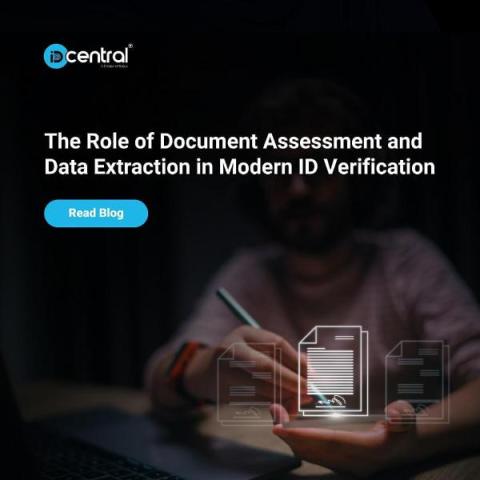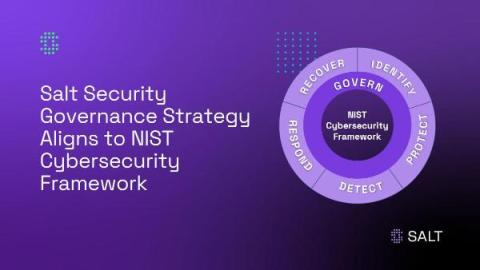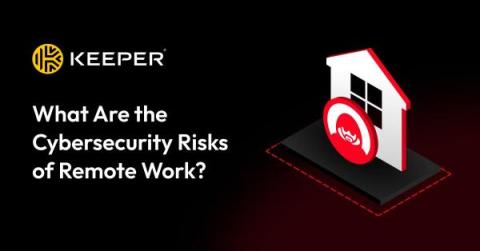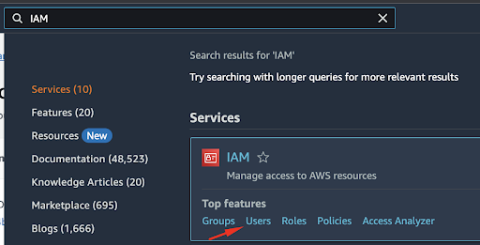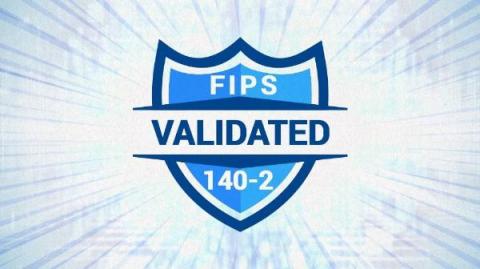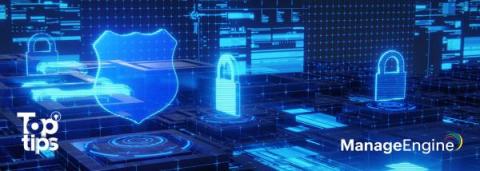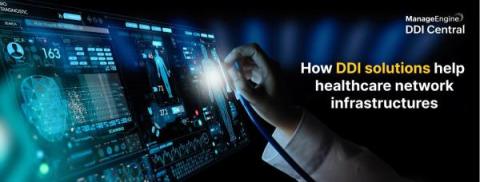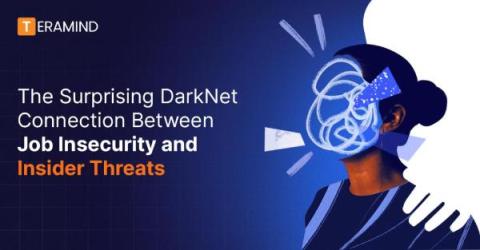The Role of Document Assessment and Data Extraction in Modern ID Verification
In the modern digital landscape, the importance of document assessment and data extraction in ID verification processes cannot be overstated. These technologies are pivotal for businesses and organizations to ensure security, compliance, and efficient customer onboarding. With the rapid digitalization of services, from neobanks to telehealth, efficient and secure digital customer acquisition has become crucial.


